Getting your driver’s licence in Australia isn’t a one-step process, it’s more like a ladder, with each stage helping you become a safer, more experienced driver. Whether you’re a teen just starting out or an adult new to the rules, knowing what each licence level means is key. In this blog, we break down the different stages, L plates, red Ps, green Ps, and full licence, along with what’s required at each step, so you can hit the road with confidence.
Licence classes in NSW
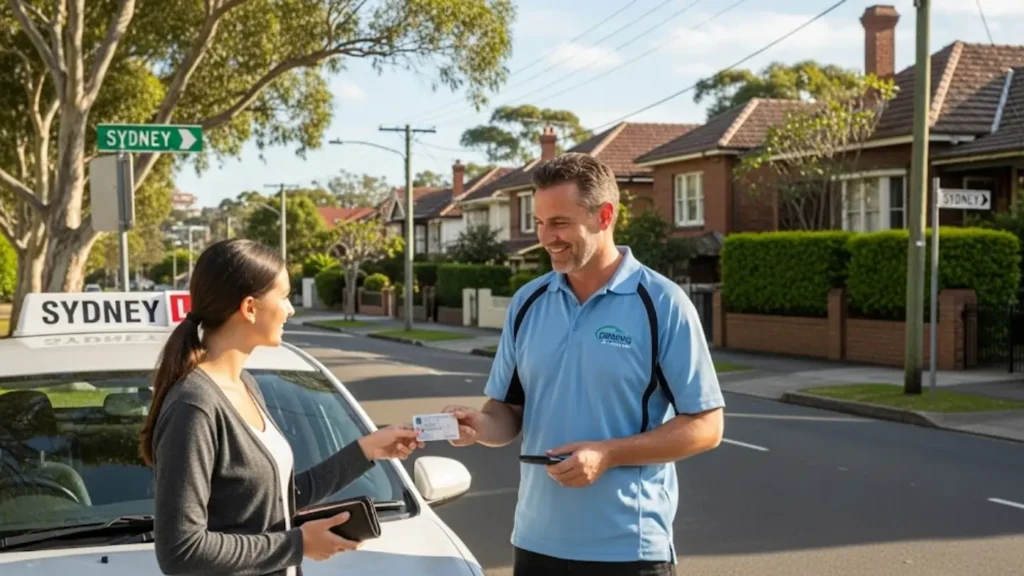
In New South Wales, the class of your licence determines the type of vehicle you’re legally allowed to drive or ride. While the licensing process (Ls, Ps, full) differs slightly across states, licence classes are standard nationwide, so these categories apply no matter where you’re based in Australia.
Here’s a quick breakdown of each licence class in NSW:
Class C – Car Licence
- Drive vehicles up to 4.5 tonnes GVM.
- Includes cars, utes, vans, and some light trucks.
- Can carry up to 12 passengers, including the driver.
- Also covers tractors and certain farm machinery.
Class R – Rider Licence
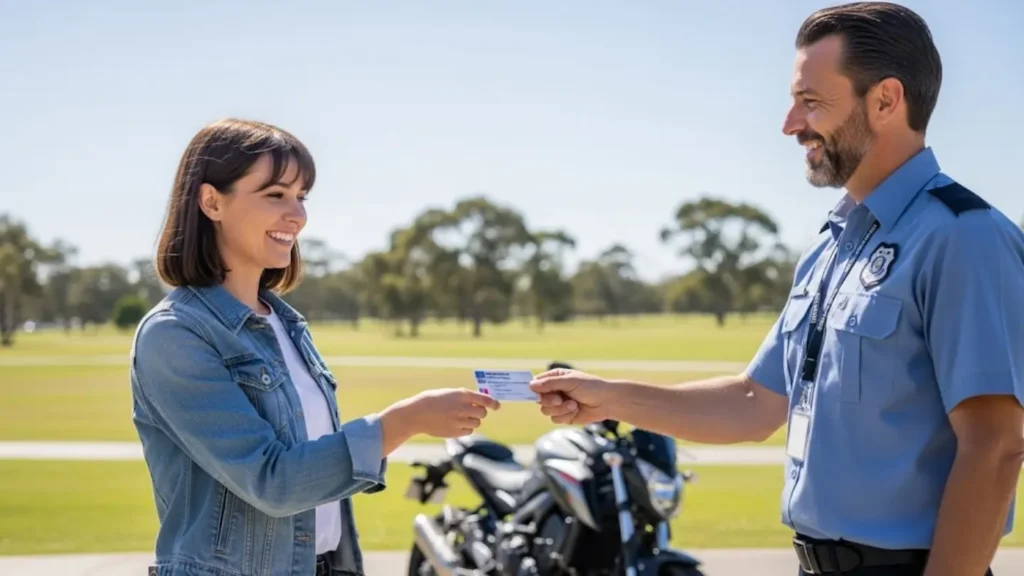
- Required for riding motorcycles and scooters.
- Applies to all engine capacities, depending on experience level.
Class LR – Light Rigid Licence
- Drive rigid vehicles with a GVM between 4.5 and 8 tonnes.
- Can carry more than 12 passengers, including the driver.
- Covers all vehicles in Class C.
Class MR – Medium Rigid Licence
- For rigid vehicles with 2 axles and a GVM over 8 tonnes.
- Covers everything in LR.
Class HR – Heavy Rigid Licence
- For rigid vehicles with 3 or more axles and a GVM over 8 tonnes.
- Includes articulated buses and all MR vehicles.
Class HC – Heavy Combination Licence

- For articulated trucks or prime movers with trailers over 9 tonnes GVM.
- Includes all HR-class vehicles.
Class MC – Multi Combination Licence
- For driving B-doubles, road trains, and other multi-combination vehicles.
- Covers all HC vehicles and is the highest-level licence class in NSW.
Want to drive for hire?
Regardless of your licence class, if you’re driving passengers for payment (e.g., as a bus or rideshare driver), you’ll need to hold a Bus Driver Authority in NSW.
Licence classes in Victoria
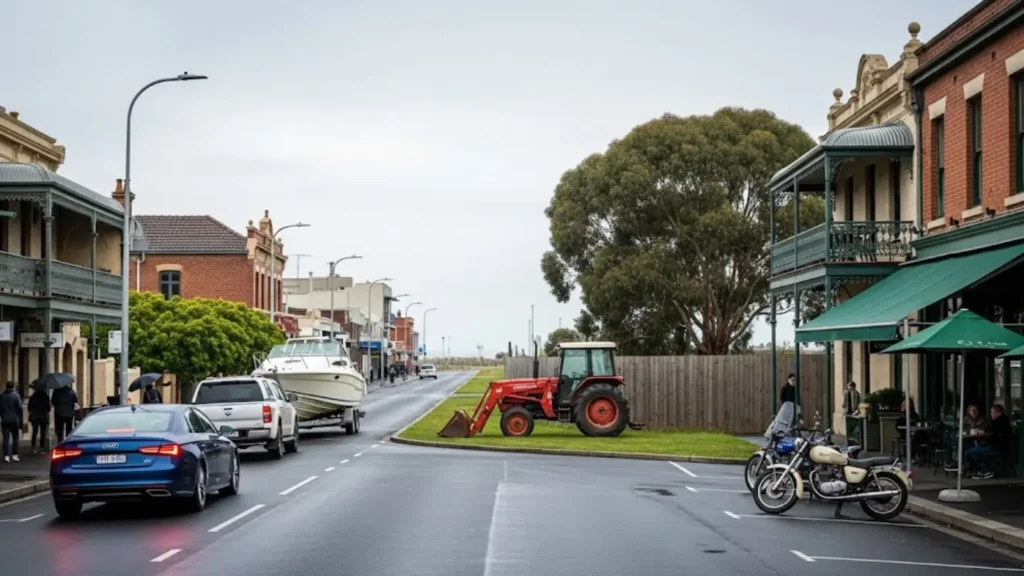
In Victoria, car and motorcycle licences are common, but there are also separate licence types for driving tractors, heavy vehicles, and even boats and forklifts. Here’s a breakdown of each category and what it lets you do:
Car Licence
- Drive vehicles up to 4.5 tonnes GVM.
- Can seat up to 12 adults, including the driver.
- You can tow a single trailer up to 9 tonnes GVM, or as per the manufacturer’s limit—whichever is less.
- A learner permit is available from 16 years of age.
- A probationary driver licence (P1) can be obtained from 18 years of age.
Motorcycle Licence (Class R)
- Allows you to ride two- or three-wheeled vehicles, including motorbikes with sidecars or trailers, and motor trikes.
- You must be at least 18 years old to get a motorcycle learner permit or licence.
- All beginner riders must use motorcycles approved under the Learner Approved Motorcycle Scheme (LAMS).
Marine Licence
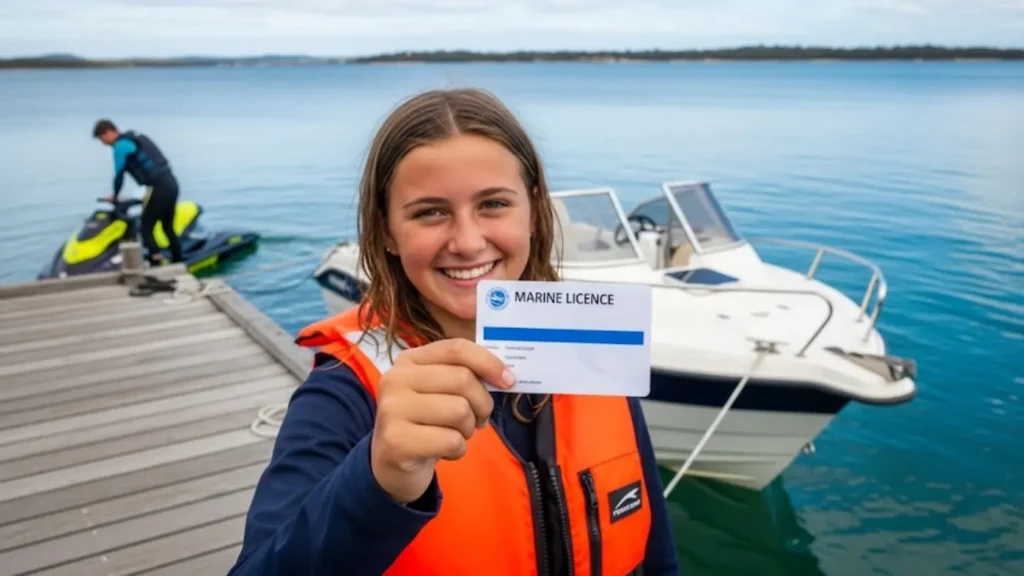
- Required for operating a registered boat in Victorian waters.
- You can also get a PWC (jetski) endorsement added to your marine licence.
- A restricted marine licence is available from 12 years of age.
Tractor Licence
- To drive a tractor, you must hold at least a car learner permit or licence.
- A motorcycle licence is not sufficient.
- There are tractor-specific rules you must follow on public roads.
Heavy Vehicle Licence
- Needed if you want to drive vehicles with a Gross Vehicle Mass (GVM) over 4.5 tonnes.
- This includes vehicles like trucks, buses, and some large construction vehicles.
Forklift Licence
- Requires a High Risk Work Licence issued by WorkSafe Victoria.
- If you plan to drive a forklift on a public road or road-related area, you also need a car licence.
Some of these licences, like the marine and forklift licences, are issued by authorities other than VicRoads. Always check the latest requirements before applying.
Licence classes in Queensland

In Queensland, the driving license breakdown is more like that of New South Wales. It also has the various outlined steps that dictate what types of vehicles you’re allowed to drive, the stage of your licence (learner, provisional, or open), and any conditions or restrictions (like driving automatic vehicles only).
Each class determines the types of vehicles you can legally operate:
Class C – Car
- Drive vehicles up to 4.5 tonnes GVM.
- Includes sedans, SUVs, utes, light vans, and some light trucks.
- Can carry up to 12 adults, including the driver.
- May also cover mopeds under specific conditions, as well as tractors and specially constructed vehicles.
Class LR – Light Rigid
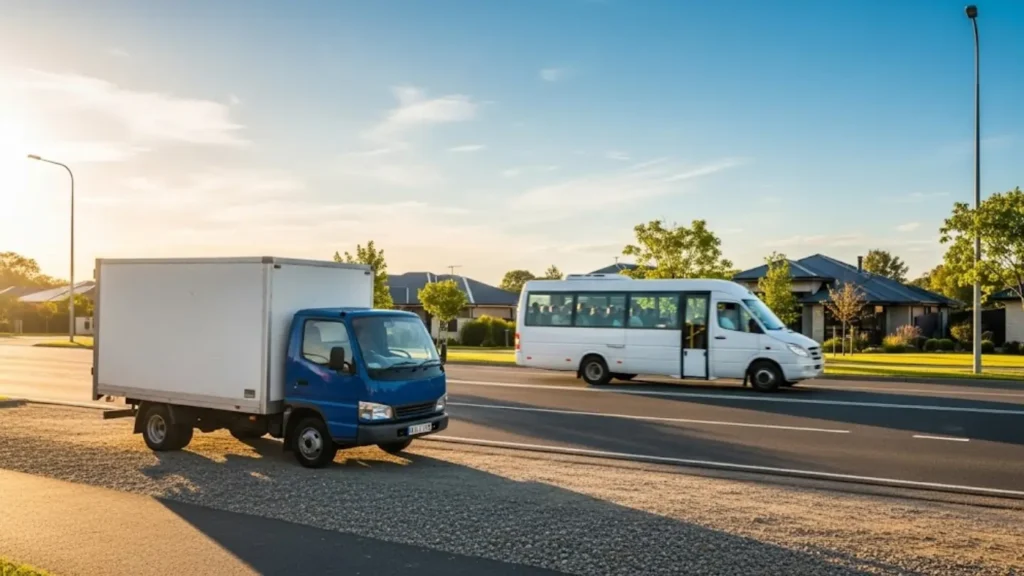
- Drive rigid vehicles between 4.5 and 8 tonnes GVM.
- Includes small trucks and minibuses seating more than 12 people.
- You can tow a trailer with a GVM of up to 9 tonnes.
- Covers everything included in Class C.
Class MR – Medium Rigid
- For rigid vehicles with two axles and a GVM over 8 tonnes.
- Includes all LR-class vehicles.
- Trailer limit: 9 tonnes GVM.
Class HR – Heavy Rigid
- For rigid vehicles with three or more axles and a GVM over 8 tonnes.
- Includes articulated buses and all vehicles covered under MR.
- Trailer limit: 9 tonnes GVM.
Class HC – Heavy Combination
- For articulated vehicles or prime movers towing a trailer over 9 tonnes GVM.
- Includes all HR-class vehicles.
- Suitable for heavy haulage and logistics.
Class MC – Multi Combination
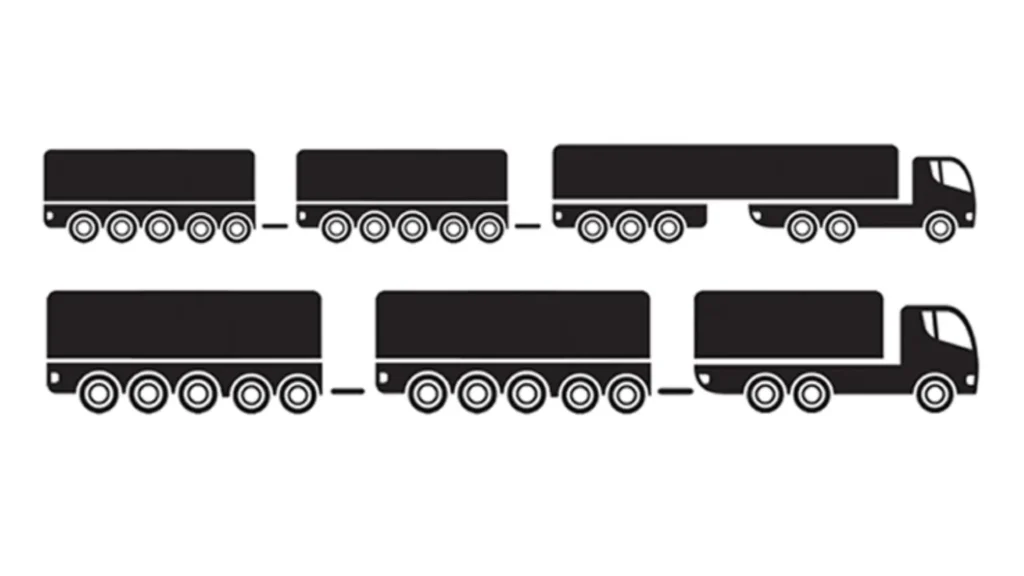
- Highest class of licence in Queensland.
- Allows you to drive multi-combination vehicles such as B-doubles and road trains.
- Covers all HC-class vehicles and is essential for long-haul freight operations.
Motorcycle Licence Classes in Queensland
Motorcycle licences are divided into two levels for this state:
- Class RE
- Covers learner-approved motorcycles (LAMS).
- Includes mopeds and motorcycles with engine capacity up to 660cc and power-to-weight ratio under 150kW/tonne.
- Ideal for beginner riders.
- Class R
- Allows you to ride any motorcycle, regardless of size or engine power.
- Includes motorcycles with or without sidecars or trailers.
Special Vehicle and Marine Licences
UD – Specially Constructed Vehicles
- No longer issued to new applicants but still valid for existing holders.
- Allows you to drive specific machinery such as:
- Agricultural equipment (e.g., tractors, harvesters)
- Earthmoving machines (e.g., front-end loaders)
- Cranes and hoists (under 4.5 tonnes GVM)
- Heavier cranes may require a heavy vehicle licence and a high-risk work licence from WorkSafe Queensland.
Marine Licence
- Required for operating a registered boat or personal watercraft (PWC) in Queensland waters.
- If you hold a QLD driver’s licence, your marine licence will be shown on the back of the card.
- If not, you’ll receive a blue marine licence indicator card.
- If marked with a Y, special marine conditions apply (e.g., age or area restrictions).
- N means no additional conditions are attached.
Licence Classes in South Australia

In South Australia, there are 9 different licence classes, each allowing you to drive specific types of vehicles. Your licence may also carry certain conditions based on your eligibility and endorsements.
Class C – Car
- Drive vehicles up to 4.5 tonnes GVM.
- Excludes buses designed for more than 12 people, motorcycles, and vehicles under Class U.
- Examples: sedans, utes, vans, light delivery trucks, station wagons, and special purpose vehicles like small tractors and forklifts.
- Towing a single trailer is permitted (e.g., horse float, caravan) within the allowed mass limits.
- Forklift operation also requires a high-risk work licence from SafeWork SA.
Class LR – Light Rigid
- Includes all vehicles in Class C.
- Drive vehicles with a GVM between 4.5 and 8 tonnes.
- Includes buses carrying 13 or more people and small trucks.
- You can tow trailers or farm implements within GCM limits.
- Must carry your driver’s licence (physical or digital) when driving a vehicle over 4.5 tonnes GVM.
- Minimum experience: Hold Class C for at least 1 year.
Class MR – Medium Rigid
- Includes all LR vehicles.
- Drive rigid vehicles with 2 axles and GVM over 8 tonnes.
- May tow trailers (not semi-trailers) up to 9 tonnes GVM.
- Covers certain special-purpose vehicles with 2 axles (GVM >8t) or 3+ axles (GVM ≤15t).
- Minimum experience: Hold Class C for at least 1 year.
Class HR – Heavy Rigid

- Includes all MR vehicles.
- Drive vehicles with 3 or more axles and GVM over 8 tonnes.
- Also includes articulated buses and certain special-purpose vehicles with GVM >15 tonnes.
- Towing limit: trailer up to 9 tonnes GVM.
- Minimum experience: Hold Class C for 2 years or Class LR/MR for 1 year.
Class HC – Heavy Combination
- Includes HR vehicles.
- Drive prime movers with a semi-trailer, or rigid vehicles towing trailers over 9 tonnes GVM.
- Minimum experience: Hold Class MR or HR for at least 1 year.
Class MC – Multi Combination
- Drive all vehicle types including B-doubles and road trains.
- Excludes motorcycles and motor trikes.
- Minimum experience: Hold Class HR or HC for at least 1 year.
Class R-Date – Restricted Motorbike
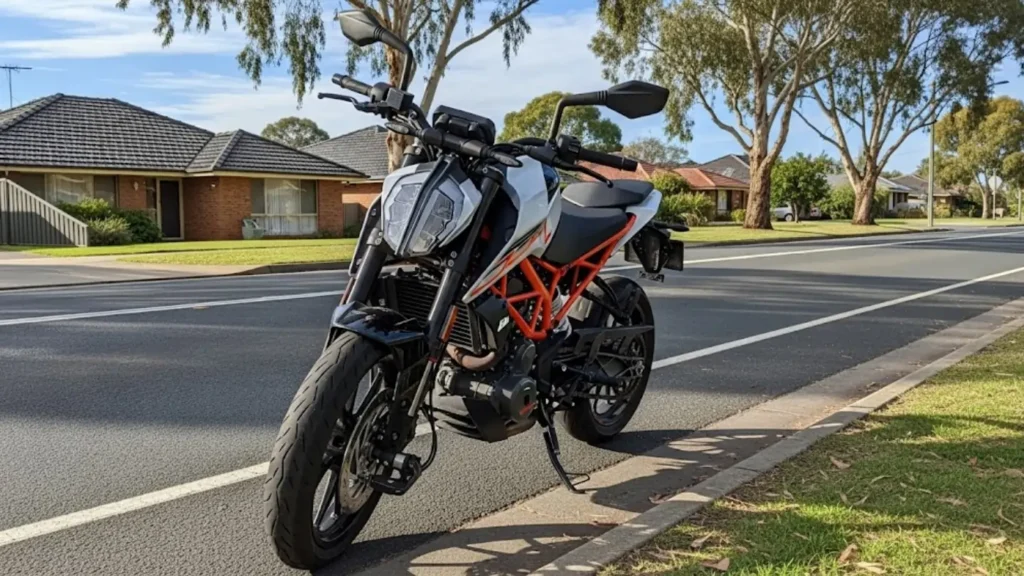
- Ride learner-approved motorcycles with engine capacity up to 660cc and power-to-weight ratio under 150kW/tonne.
- Must be of a kind approved by the Registrar.
- Minimum experience: Be 19 years or older and have held a motorcycle learner’s permit for 12 months.
Class R – Motorbike
- Ride any motorcycle or motor trike, regardless of engine capacity.
- Minimum experience: Hold Class R-Date for at least 2 years.
Class U – Ultra High Powered Vehicle
- Drive vehicles (excluding buses, bikes, or trikes) with GVM of 4.5 tonnes and a power-to-weight ratio of 276kW/tonne or more.
- Includes many supercars and hypercars.
- Must verify high-powered status before driving.
- Minimum requirement: Hold a full or probationary Class C licence.
Licence classes in Western Australia
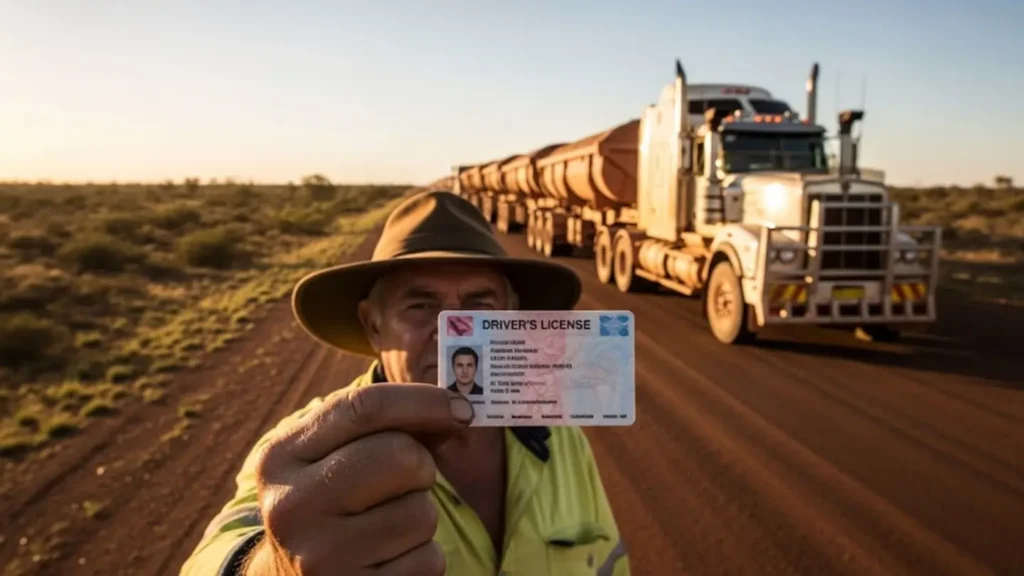
In Western Australia, you get a range of driver’s licence classes based on the type of vehicle you wish to drive or ride. Each class has its own eligibility criteria, experience requirements and vehicle authorisation. Suspended or expired licence periods are not counted toward your driving or riding experience.
R-N Class (Moped) – R class with an N condition
Allows you to ride mopeds with an engine capacity up to 50 cc and top speed not exceeding 50 km/h.
- Minimum age to hold licence: 16 years
- Minimum age to learn: 15 years 6 months
- Authorisation: Ride any moped. Also included if you hold a C class licence.
R-E Class (Motorcycle and trike motorcycle) – LAMS approved
Covers learner-approved motorcycles (up to 660 cc and 150 kW/tonne) and eligible motor trikes.
- Minimum age to hold licence: 17 years
- Minimum age to learn: 16 years
- Authorisation: Ride any LAMS-approved motorcycle or trike. Trike licences may be restricted to trikes only.
R Class (Motorcycle) licence
Required for motorcycles exceeding LAMS limits (more than 660 cc or over 150 kW/tonne).
- Experience required: Hold R-E class licence for at least 2 years
- Authorisation: Ride any motorcycle (with or without sidecar), including motor carriers
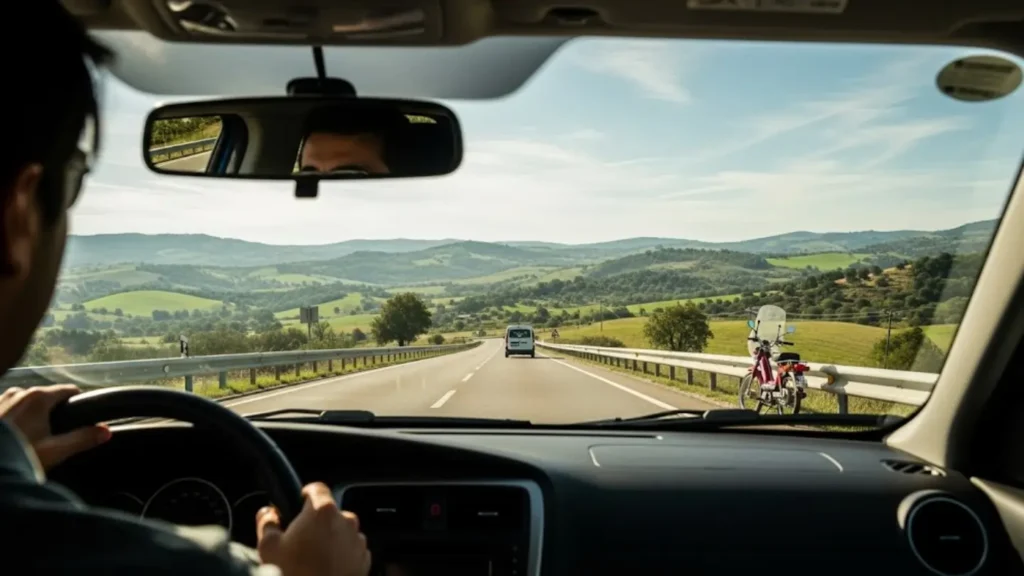
C Class(Car) licence
Covers vehicles up to 4,500 kg GVM and seating up to 12 adults (including driver).
- Minimum age: 17 years
- Authorisation: Drive cars, small vans, and mopeds. Required as a base for upgrading to heavy vehicles.
LR Class (Light Rigid) heavy vehicle
Covers vehicles over 4,500 kg up to 8,000 kg GVM or those carrying more than 12 passengers.
- Experience required: Hold C class licence for at least 1 year
- Authorisation: Drive LR vehicles, C-class vehicles, and mopeds
MR Class (Medium Rigid) heavy vehicle
Vehicles with 2 axles and GVM greater than 8,000 kg.
- Experience required: Hold C class licence for at least 1 year
- Authorisation: Drive MR, LR and C class vehicles, and mopeds
HR Class (Heavy Rigid) heavy vehicle
Vehicles with 3 or more axles and GVM over 8,000 kg.
- Experience required:
- C class licence for at least 2 years, or
- LR or MR class for at least 1 year
- Authorisation: Drive HR, MR, LR, and C-class vehicles, and mopeds
HC Class (Heavy Combination) heavy vehicle
Prime mover with semi-trailer or rigid vehicle towing trailer over 9,000 kg GVM.
- Experience required:
- C class licence for 3 years (non-provisional), and
- MR or HR licence for at least 1 year
- Authorisation: Drive HC, HR, MR, LR, and C class vehicles, and mopeds
MC Class (Multi Combination) heavy vehicle
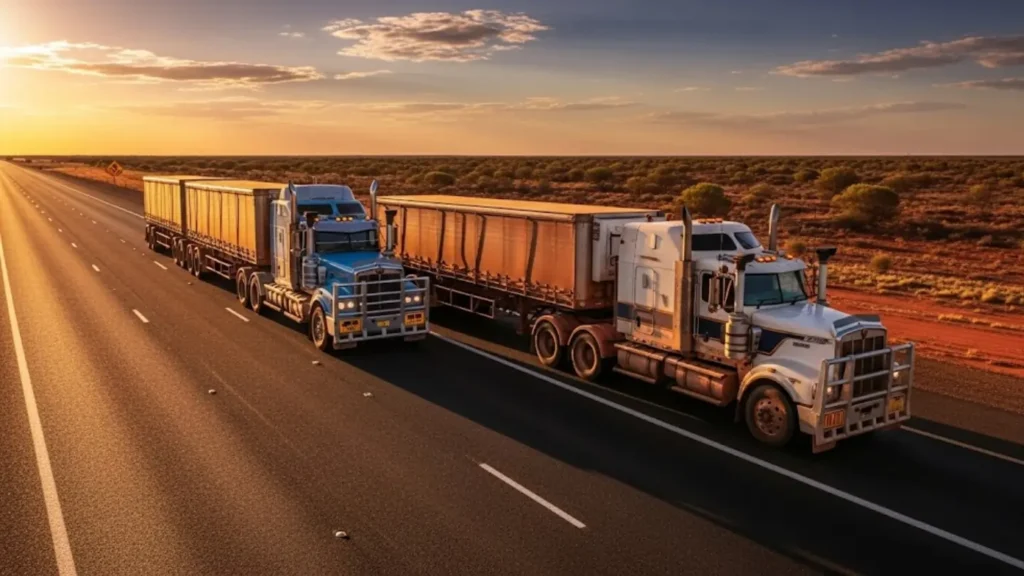
Any heavy combination towing multiple trailers over 9,000 kg GVM.
- Experience required:
- C class licence for 3 years (non-provisional), and
- HR or HC licence for at least 1 year
- Authorisation: Drive MC, HC, HR, MR, LR, and C class vehicles, and mopeds
Special tractor vehicle classes
Tractors used within the National Driver Licensing Scheme. Conditional authorisation is available if you hold at least a C class licence.
- Minimum age for HR+ class tractors: 18 years
- Authorisation: Depends on vehicle GVM and classification
Special wheelchair licence
Applies to specially adapted wheelchairs.
- Authorisation: C or R class required, depending on whether the wheelchair is licensed as a car or motorcycle.
Agricultural vehicle driver’s licence
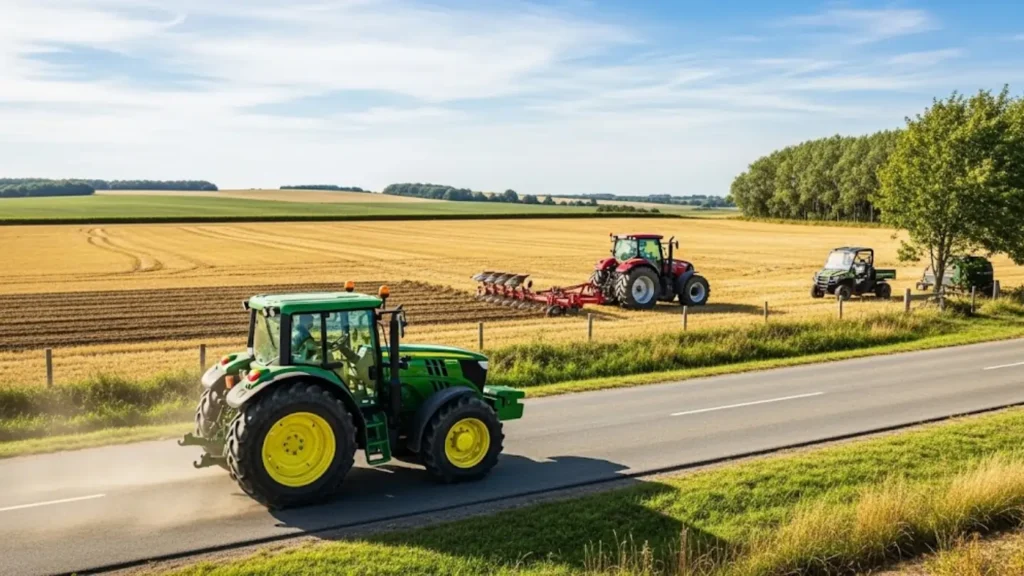
No licence is needed for driving on private property.
- Public roads:
- Vehicles ≤ 4,500 kg: C class licence
- Vehicles > 4,500 kg: Appropriate heavy vehicle licence
- Towing implements: Appropriate class required when not on private property
Heavy vehicle pilot licence
Required to escort oversized/overmass vehicles.
- Additional requirement: Must hold the relevant WA driver’s licence for the escort vehicle class
- Issued by: Main Roads Western Australia
Licence classes in Tasmania
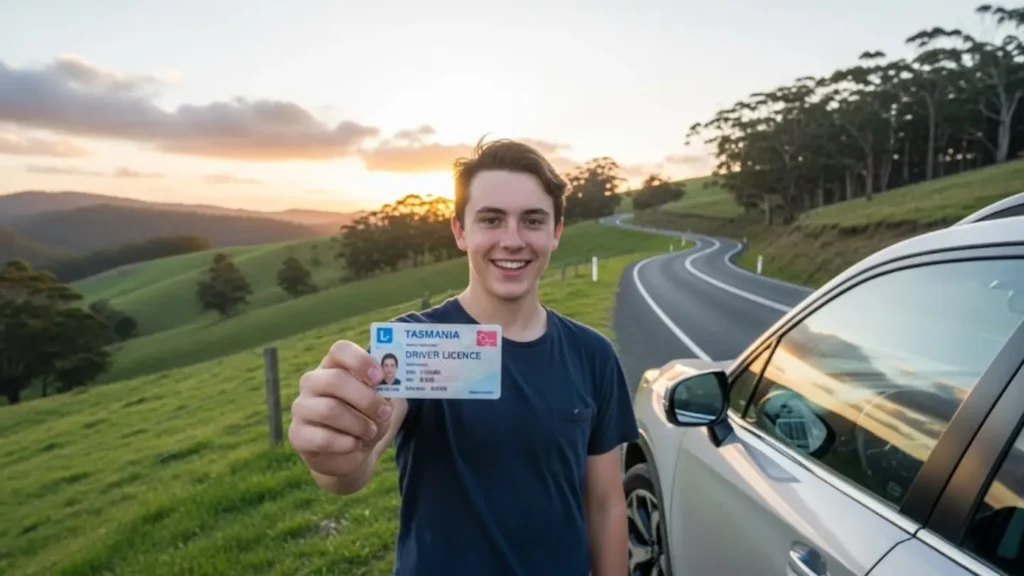
In Tasmania, your driver’s licence classes depend on the type of vehicle you want to drive. Each class has specific eligibility criteria including minimum age, prior licence requirements, and vehicle weight or configuration. You can only move up the licence classes once you meet the age and experience requirements, and complete any necessary assessments or training.
C Class (Car) licence
Allows you to drive vehicles up to 4.5 tonnes GVM, seating no more than 12 adults including the driver.
- Minimum age: 17 years
- Authorisation: Drive cars, small vans, and eligible light vehicles
LR Class (Light Rigid) heavy vehicle
Covers rigid vehicles over 4.5 tonnes but no more than 8 tonnes GVM, including small trucks and buses.
- Experience required: Hold C class licence for at least 12 months
- Minimum age: 19 years
- Authorisation: Drive LR vehicles with trailers up to 9 tonnes GVM, or buses seating more than 12 adults
MR Class (Medium Rigid) heavy vehicle
Vehicles with two axles and over 8 tonnes GVM, such as larger rigid trucks or buses.
- Experience required: Hold C class licence for at least 12 months
- Minimum age: 19 years
- Authorisation: Drive MR vehicles with trailers up to 9 tonnes GVM
HR Class (Heavy Rigid) heavy vehicle
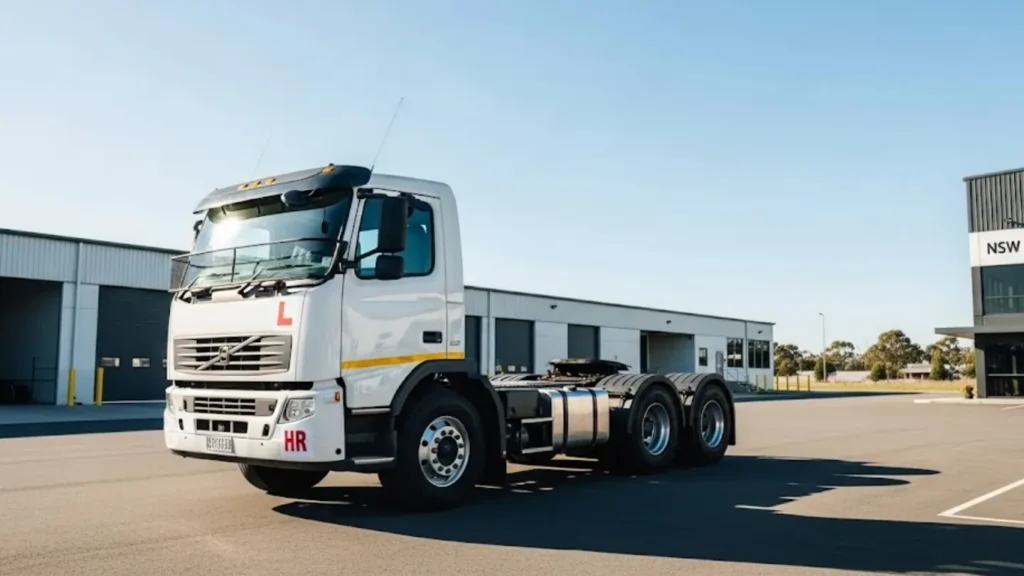
Three or more axle rigid vehicles over 8 tonnes GVM, including articulated buses.
- Experience required:
- Hold C class licence for 2 years, and
- Hold LR or MR licence for 12 months or complete approved training
- Minimum age: 20 years
- Authorisation: Drive HR vehicles and trailers up to 9 tonnes GVM
Heavy combination (HC class) heavy vehicle
Prime movers towing a single semi-trailer or a rigid vehicle towing a trailer over 9 tonnes GVM.
- Experience required:
- Hold MR or higher licence for at least 12 months or complete approved training
- Minimum age: 20 years
- Authorisation: Drive HC combinations
Multi Combination (MC class) heavy vehicle

Any heavy vehicle towing more than one trailer—like B-doubles or road trains.
- Experience required:
- Hold HR or higher licence for 12 months and complete approved training
- Minimum age: 21 years
- Authorisation: Drive MC combinations
Motorcycle (R class) licence
Covers 2- or 3-wheeled motor vehicles.
- Minimum age: 17 years
- Requirements: Must complete all required training and assessments
- Note: This class is not part of the national licence hierarchy
Final thoughts
From mopeds to multi-combination trucks, each licence class in Australia comes with its own set of requirements and responsibilities. While the general structure remains consistent nationwide, the finer details, such as age limits, vehicle types, and training requirements, can vary between states and territories.
It’s essential to understand what’s required before you begin learning or apply to upgrade. Having the correct licence not only ensures you’re following the law but also unlocks more freedom and driving opportunities. Getting the right licence is the first step to hitting the road with confidence.

Comments
New Comment